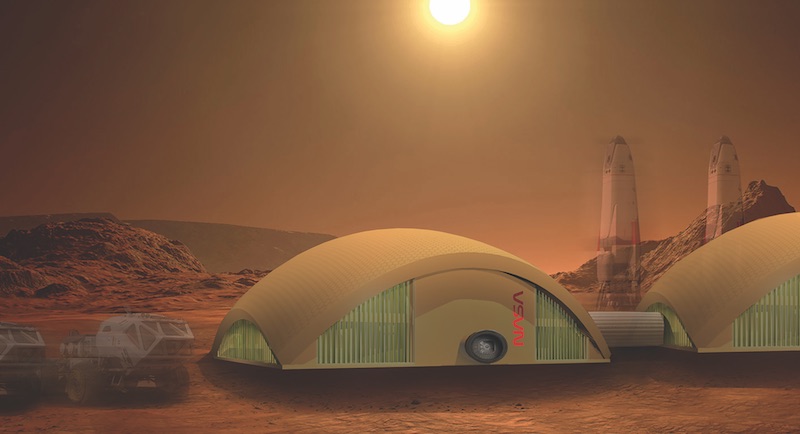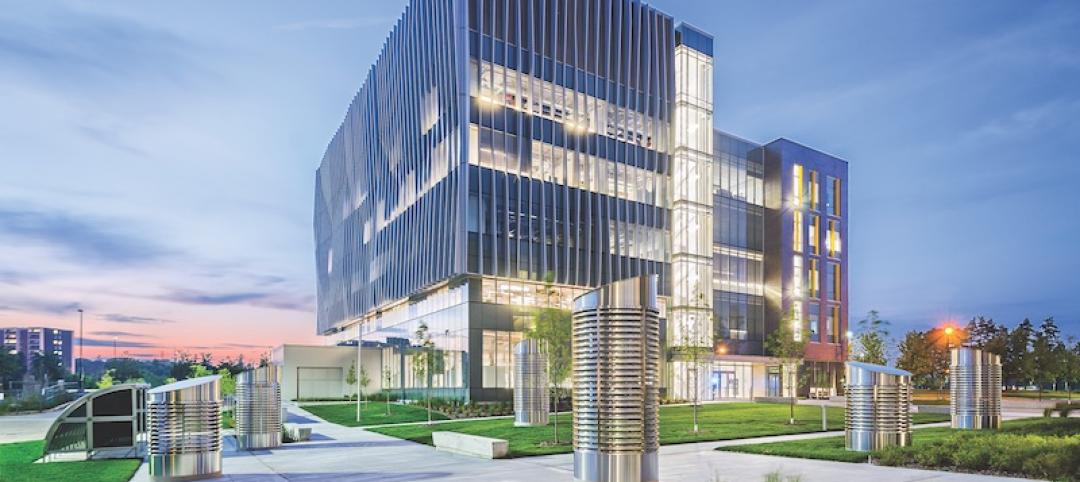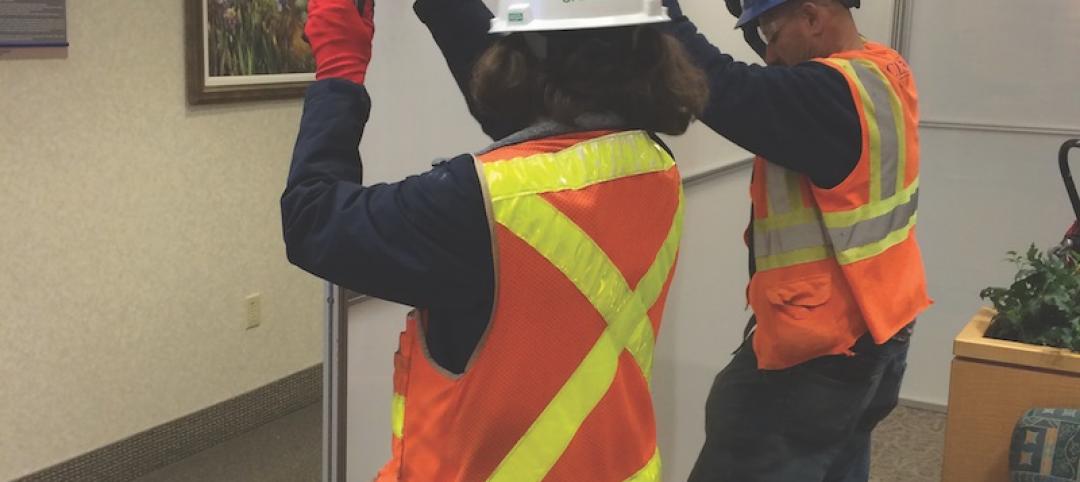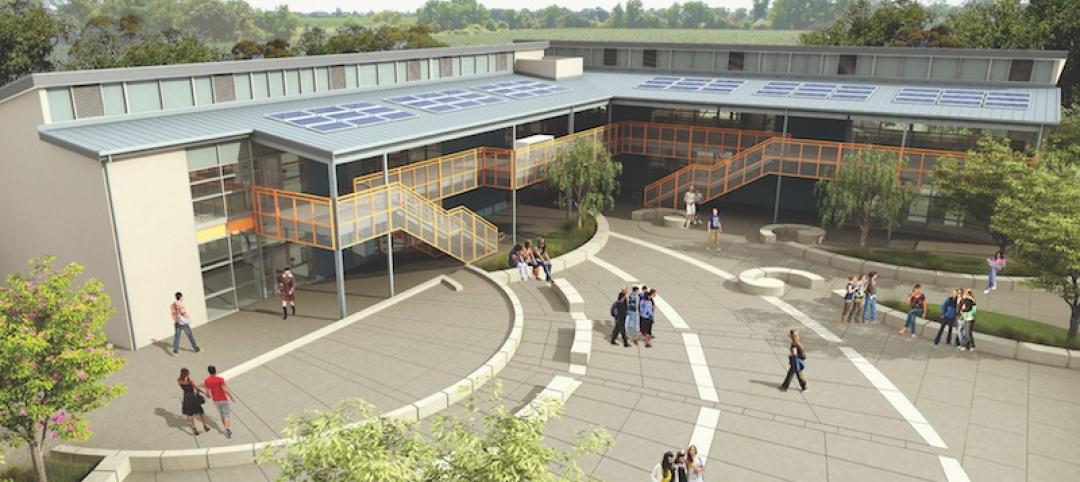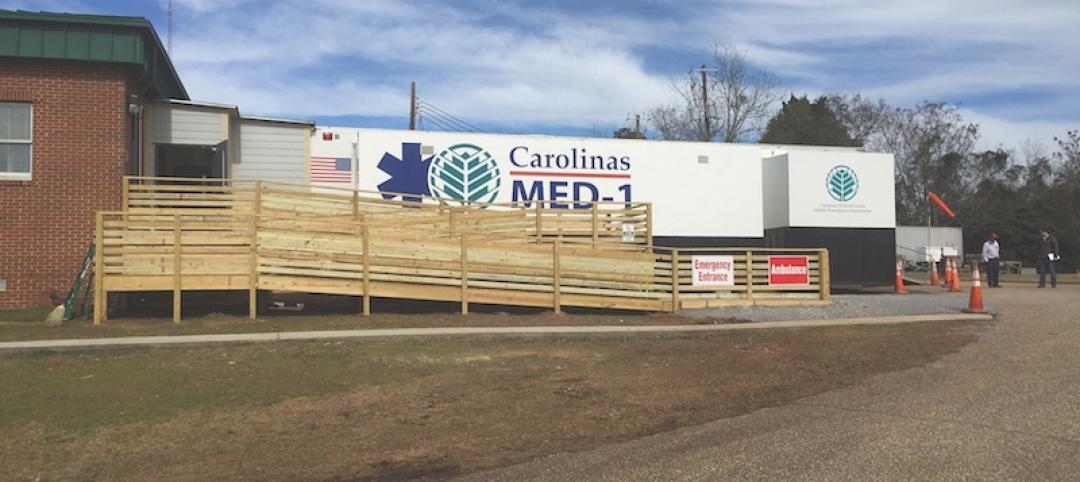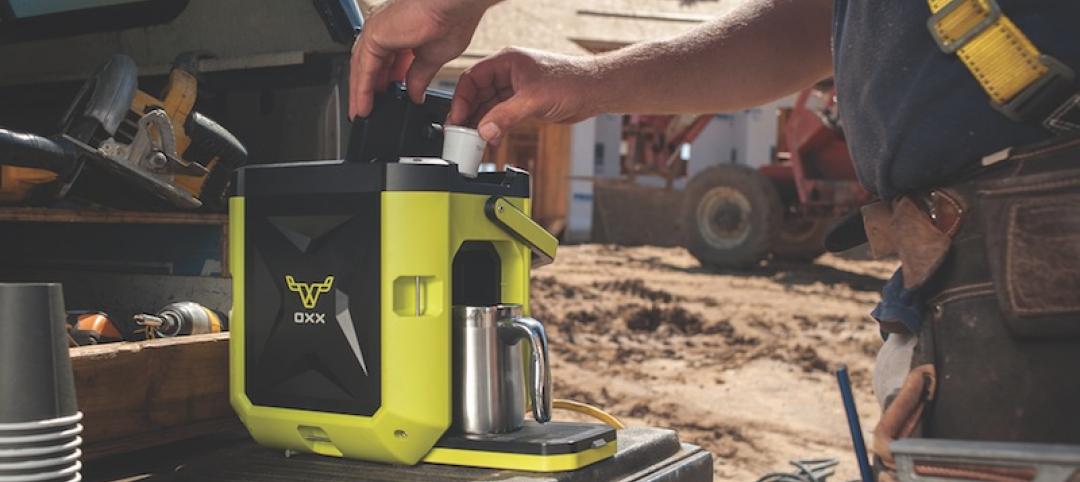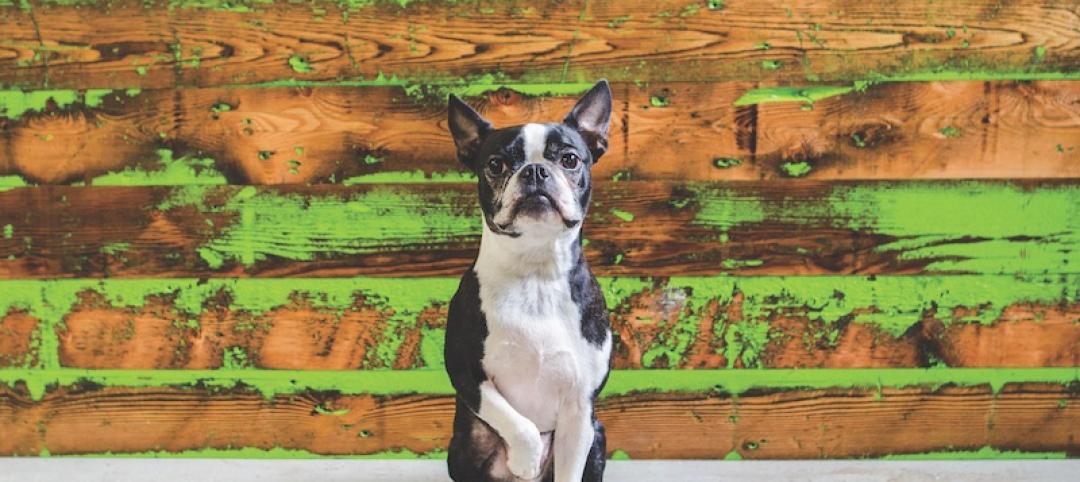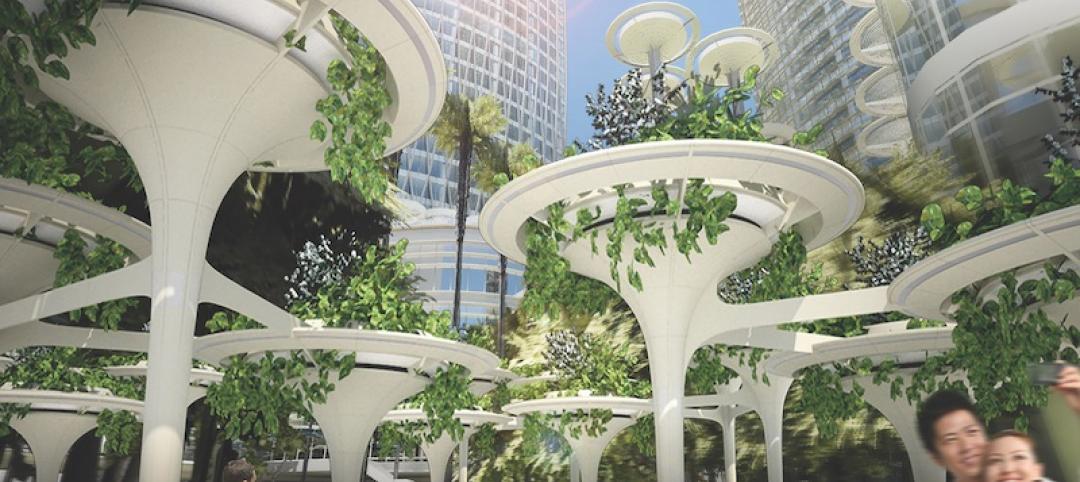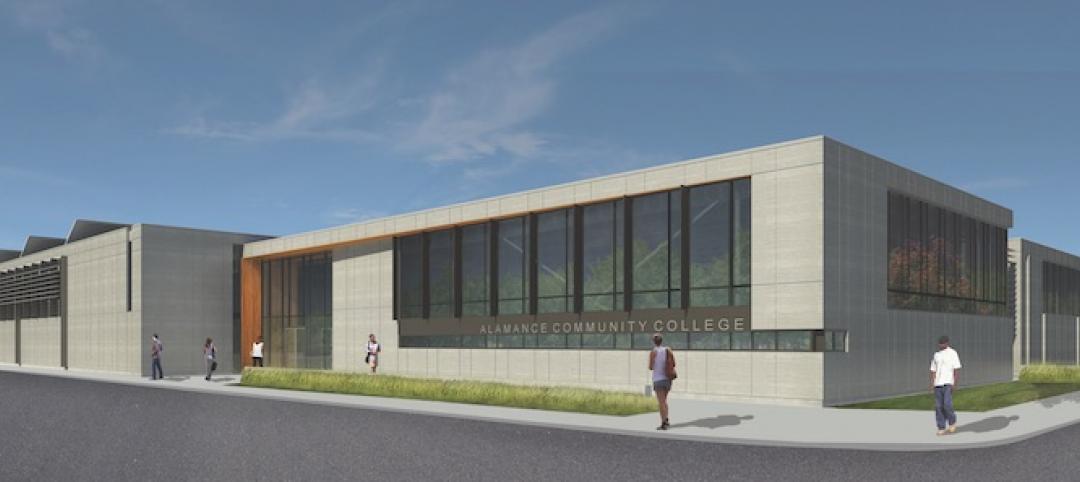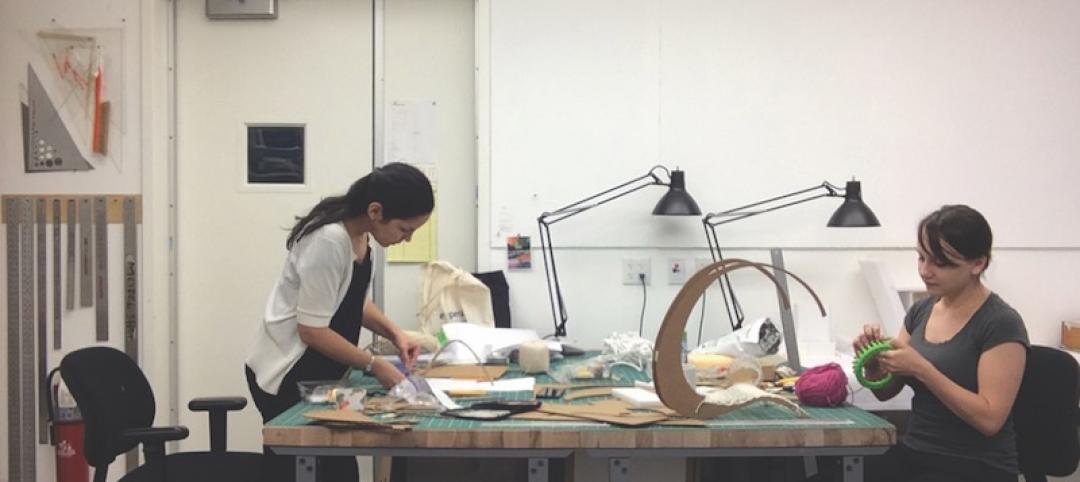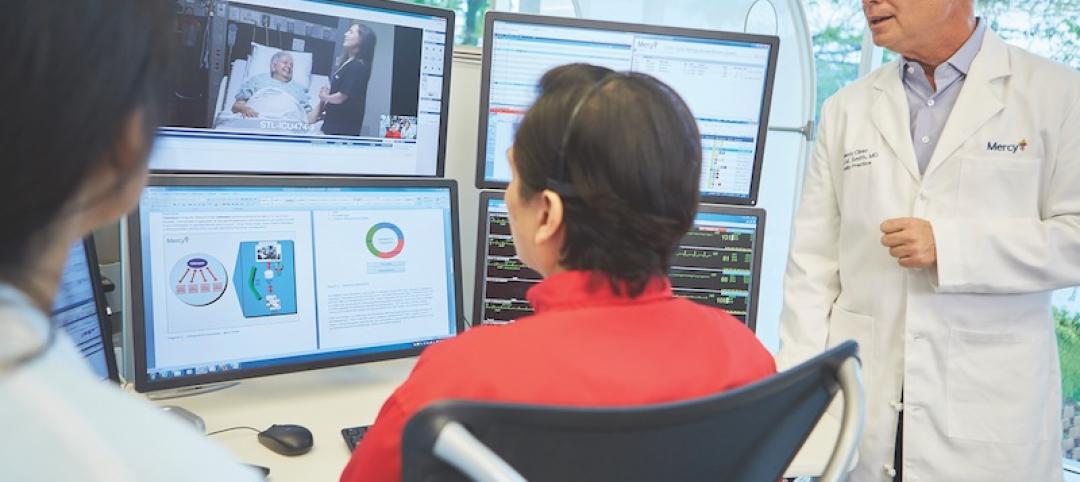The thought of colonizing Mars has science fiction aficionados, scientists, and billionaire entrepreneurs staring up at the night sky with renewed wonder and inspiration. But the key to achieving the lofty goal of colonizing and building extensively on a new planet may not exist out among the stars, but under our feet right here on Earth.
Christopher Maurer, an architect and Founder of Cleveland-based Redhouse Studio, and Lynn Rothschild, a NASA Ames researcher, believe algae and mycelium (the vegetative part of a fungus that consists of a network of fine white filaments) may make the perfect building material on Mars.
See Also: Rovers set to invade construction jobsites
The algae, which would act as the food supply for the fungus, and mycelium spores would be packed into a flexible plastic shell where it would be watered and coaxed to grow, providing structure for the shell and filling it out almost like air fills out a bouncy castle.
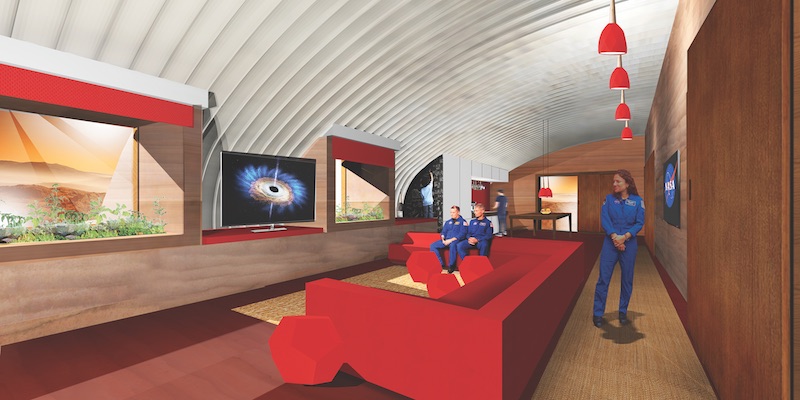 Courtesy Redhouse Studio.
Courtesy Redhouse Studio.
Here is how Rothschild, the principal investigator on the project, and Maurer, the co-investigator, envision the process working on Mars:
• Hermetically sealed bags containing dehydrated algae and dormant mycelium would be delivered to Mars (at a fraction of the weight, space, and cost of traditional building materials) and deposited at a given build site. The bags would then be unfolded and laid flat.
• A rover would deliver carbon dioxide, nitrogen, and water sourced from Mars to begin the growing process. The double-sealed plastic shell will fill with air and water, and the embedded algae will begin to grow. This reaction will create oxygen and biomass to fill the shell and give it form.
• Fungi are released and bind with the dried algal biomass to create a strong composite. This packed mycelium has a compression strength that is better than that of lumber and a better bend strength than reinforced concrete. The entire process would only take a couple of
days to complete.
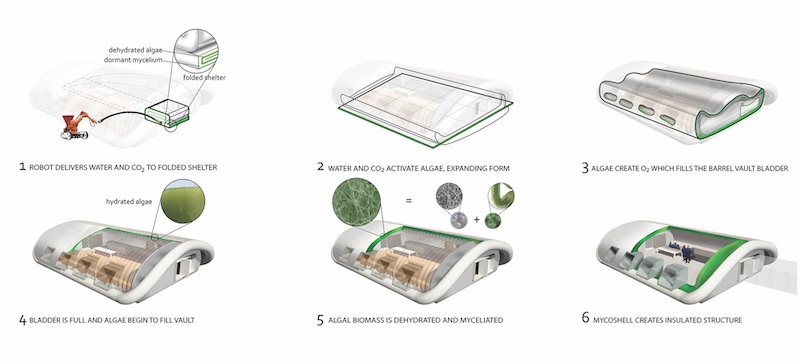 Courtesy Redhouse Studio.
Courtesy Redhouse Studio.
Essentially, astronauts would have a sustainable building material that can be altered to produce anything from more fabric-like materials to the ultra-compacted, rigid material required for structural uses. There is also the possibility that it can be bioengineered with pigments to protect against one of the toughest obstacles associated with building on Mars: radiation. The shells could be made in any shape to produce dwellings reminiscent of the ones we are more acclimated with here on Earth.
This project, which is being funded by the NASA Innovative Advanced Concepts program, is nowhere near becoming a reality, but it is one of the most well-rounded ideas yet for building on another planet.
Related Stories
Great Solutions | Aug 23, 2016
Visual energy model database demystifies net-zero design
Diamond Schmitt Architects’ ecoMetrics tool allows its designers to quickly analyze solutions based on models from 44 LEED-certified projects.
Great Solutions | Aug 23, 2016
Reusable infection control barriers ease hospital renovation
Clark Construction Group pilots the Edge Guard system on the Fair Oaks (Va.) Hospital reconstruction project.
Great Solutions | Aug 23, 2016
Novel construction approach speeds K-12 school projects
The Folia system uses pre-engineered components to deliver school buildings at 20% less cost.
Great Solutions | Aug 23, 2016
Mobile emergency room arrives just in time for Alabama hospital
The MED-1 Mobile Hospital Unit serves as a lower-cost solution during construction of new ED.
Great Solutions | Aug 23, 2016
Durable coffeemaker brings a bit of comfort to job sites
The CoffeeBoxx is lightweight rust proof, dust proof, water resistant, and ultra durable.
Great Solutions | Aug 23, 2016
Reclaimed wood paneling adds color to retail and hospitality projects
Colorburst panels are available in four stock options—Robin Egg Blue, Viridian Green, Haute Pink, and Cascade White—as well as custom colors.
Great Solutions | Aug 23, 2016
Biophilic pods beat the shade when it comes to outdoor cooling
The Xylem concept by CallisonRTKL regulates outdoor thermal comfort through shading, air movement, water circulation, and a vegetated roof.
Great Solutions | Aug 23, 2016
Mini-grant R&D program pays off in a big way for AE firm
Created through funding from Little’s LaceUp program, the Center for Building Performance has helped the design firm win 14 new jobs since its inception.
Great Solutions | Aug 23, 2016
At Beyer Blinder Belle everyone’s seeing RED
The firm’s R&D initiative inspires its designers to develop ideas that could positively disrupt the practice.
Great Solutions | Aug 23, 2016
Virtual care facility serves remote patients, may reduce readmissions
Mercy’s new high-tech medical center equips its medical professionals to deliver care at the bedside of patients anywhere.


